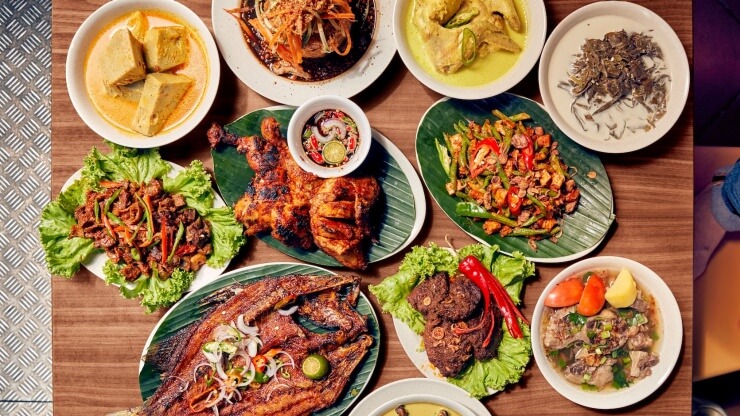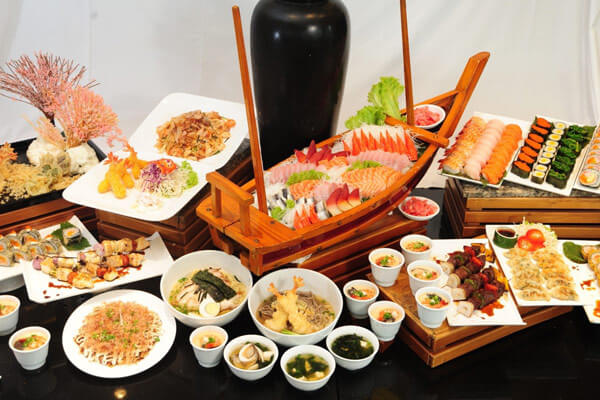Is culinary translation an art or a science?
Food is one of the activities that exist in every culture, and culinary translation can push cultures beyond boundaries.
Some people say that culinary is art but others like to call it science. So which group of people is right? Is cooking a creative activity or a scientific endeavor? And what is culinary translation? Read on to learn about our issue.
As a translation service provider for brands like Knorr, Kellogg's, Heinz, and dozens of restaurants in Argentina and the US (some of which are Michelin rated), we cover the subject. Culinary translation is art or science in this article.
Expert's words
“The cuisine is a bit of both. First, according to the Oxford Advanced Learner's Dictionary, the term culinary is defined as 'the art and practice of cooking and enjoying delicious food' (Wehmeier, 2000). I agree so! Although different from the conventional notion of 'creation', cooking is an art form and enjoying delicious food is like appreciating art.
If you ask any chef, they will say that they express themselves through cooking. Similarly, ask any foodie and they will say that enjoying delicious food is as satisfying as watching a ballet or admiring a famous painting.
Also, presenting the meal on the plate requires a lot of creativity! I'm sure you've seen this the last time you dine at a fancy restaurant.
In my opinion, it also shows that many people often forget what the real role of food is. No matter how much art or science it has, food is about touching and immersing in the culture that created the food.
Whenever I enjoy the wonderful tiramisu that my mother prepares, I feel like I am in Italy. Therefore, culinary is not only art and science but also magic!”
What is culinary translation?
“Just like cooking, culinary translation has both a creative and a technical side. Some texts will show one of those aspects more than the others. As far as culinary translation is concerned, if you are translating packaging instructions for a certain product, any inconsistencies in terminology can lead to confusion.
I mean it can significantly affect the behavior of anyone using that product. The same goes for these recipes. For example, in Spanish, some ingredients or foods have more than one name. Besides, it also varies to an unbelievable extent between countries and regions within the same country.
If you don't follow a name throughout a recipe being translated, or you don't localize the terms correctly, the recipe may not be correct. Needless to say, brands will also fail from a marketing standpoint.
An example of the creative side of culinary translation is that culinary texts are often flowery and poetic. They need to engage the reader as if the flavors of a whole culture and not just a particular dish were conveyed in the translation.
Another example is whenever food translation overlaps with marketing translation. The food and beverage industry is in many economies the most developed manufacturing sector. Therefore, the efforts in marketing and branding of businesses are of paramount importance to generate revenue.
And we all know how creative marketing is required to achieve the desired results!”
Contact with Idichthuat
Do you own a restaurant, a food magazine, a hotel, a cooking blog, or any other type of channel with food content? If you want to reach an audience that speaks English, Japanese, Korean, Chinese or even Spanish, then contact with Idichthuat for advice, quotes about services specialized translation ours.
Posts share translation experience Most viewed:
- The Difference Between: Marketing Translation, Localization and Creative Translation
- Translation Costs and Prices
- Benefits of Joining the Association of Professional Translation Companies

Nguyen Trung Khang - Talented interpreter and translator, passionate about translation
Nguyen Trung Khang is a talented interpreter and translator, with many years of experience in the field of translation and linguistics. He graduated from Ho Chi Minh City University of Education, majoring in Linguistics in 2015.
After graduating, Mr. Khang participated in a professional interpretation and interpretation training course at the University of Foreign Languages - Hanoi National University. He achieved a high-level certificate in interpreting and interpreting, and was also awarded a master's degree in linguistics.



